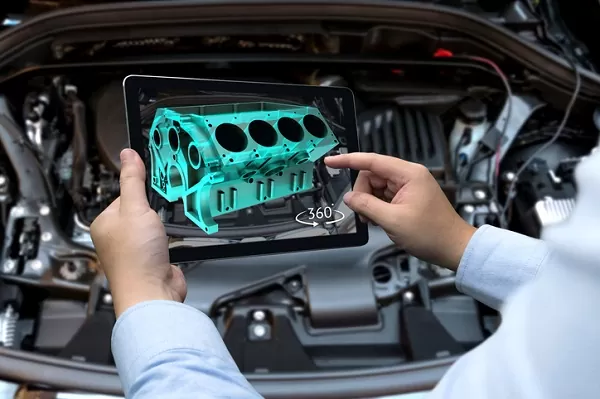Rollover accidents stand as some of the most dangerous and potentially devastating incidents on the roadways, frequently leading to severe injuries and even tragic loss of life. Recognizing the common causes contributing to these car accidents is crucial not only for personal safety, but also for making the roads safer for everyone.
Excessive Speeding
When a vehicle travels at high speeds, the factors contributing to rollovers, such as loss of traction, increased inertia, and centrifugal forces, become magnified. Excessive speeding significantly compromises a vehicle’s stability and control. Driving at higher speeds makes it more difficult for a driver to navigate turns, sudden obstacles, or handle unexpected events effectively. Even minor steering adjustments or sudden braking maneuvers at high speeds can result in loss of control, increasing the risk of the vehicle rolling over. Additionally, the reduced reaction time due to excessive speeding leaves little room for error, greatly increasing the likelihood of rollover accidents in critical situations.
Sharp Turns and Overcorrection
Sharp turns and overcorrection are common factors contributing to rollover car accidents. When a driver encounters a sharp curve or turn in the road, particularly at high speeds, the vehicle’s center of gravity shifts which creates the risk of instability. It is common for drivers to oversteer or understeer when approaching sharp turns while speeding, which can often lead to a loss of control.
Overcorrection occurs when the driver sharply turns the steering wheel in the opposite direction after initially oversteering or understeering, which can cause the vehicle to rollover. The abrupt steering adjustments amplify the forces acting on the vehicle, making it more likely for the driver to lose proper control. Any sudden and sharp steering maneuvers when approached with unexpected obstacles or road conditions while driving at high speeds can make the vehicle susceptible to tipping.
Tire Blowouts
When a tire suddenly loses air pressure, it can cause the vehicle to become unstable. The sudden imbalance from a tire blowout while driving can lead to a rollover accident, especially if the blowout occurs at high speeds or during a turn. The tire may drag or shred, causing the driver to lose control and the vehicle to veer unexpectedly. Experienced Pittsburgh car accident lawyers at Dallas W. Hartman P.C. have often seen drivers overcompensate by sharply steering or braking in a panicked response, which can further exacerbate the instability of the vehicle. The combination of factors including a sudden loss of traction, unpredictable swerving, and aggressive steering maneuvers can ultimately lead to a rollover accident on the road.
Adverse Weather Conditions
Adverse weather conditions are a significant contributing factor to rollover car accidents, as they create hazardous driving environments. Weather conditions such as rain, snow, ice, and fog can reduce traction between tires and the road, making it easier for a vehicle to skid or lose control, especially when driving at high speeds. Slippery surfaces can hinder a driver’s ability to brake and steer effectively which can result in dangerous risks of oversteering or understeering. Fog, heavy rain, or snow can create reduced visibility and further dangerous driving conditions making it difficult to anticipate sudden obstacles or other vehicles on the road. When adverse weather combines with excessive speed or reckless driving, the probability of rollover accidents rises significantly. Maintaining a safe following distance and using appropriate precautions, such as turning on headlights in low visibility situations, is critical to avoid dangerous car accidents when driving during adverse weather.
Driver Distractions
Activities such as texting, making a phone call, eating, or even adjusting in-car entertainment systems are forms of driver distraction which are a common cause of car accidents. These distractions take the driver’s focus off the road which can cause a failure to notice sudden obstacles, changes in road conditions, or the need to navigate turns or curves. Distractions when driving at a high-speed or while taking a sharp turn can result in oversteering, understeering, or abrupt steering maneuvers that destabilize the vehicle. These types of distractions combined with sudden changes in steering, significantly increase the likelihood of a rollover accident.






